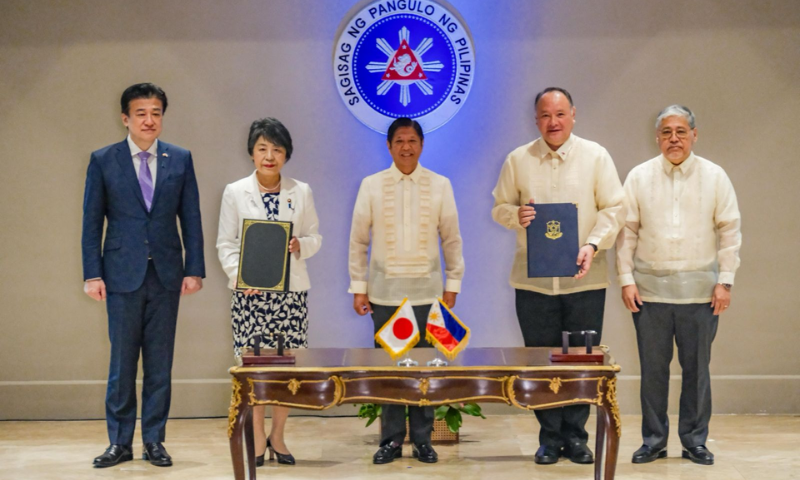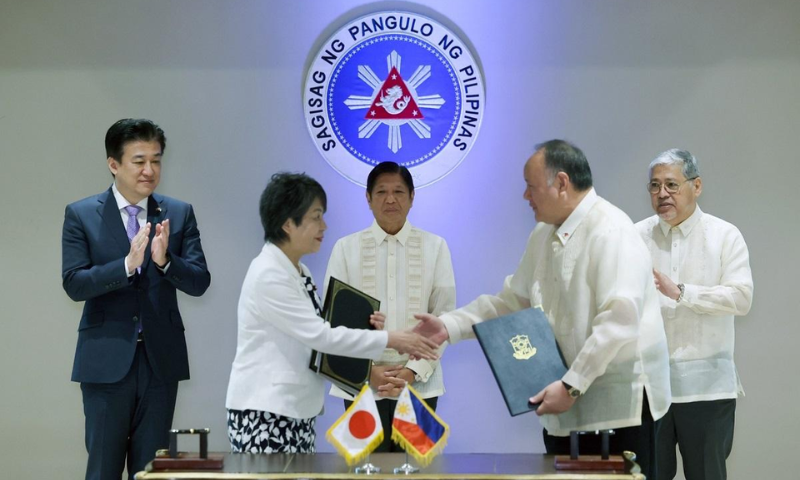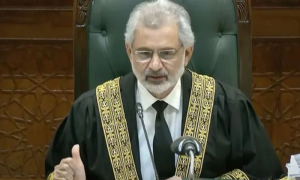MANILA, Philippine: The Philippines and Japan have signed a significant defence pact, known as the Reciprocal Access Agreement (RAA), which allows the deployment of troops on each other’s territory.
This move comes as both nations seek to strengthen their ties in response to China’s increasing assertiveness in the region. The agreement was finalized on Monday in Manila during talks between Japanese Defence Minister Minoru Kihara and Foreign Minister Yoko Kamikawa, and their Philippine counterparts, Gilberto Teodoro and Enrique Manalo.
First agreed in November, the RAA gives Japan and the Philippines the legal means to send defence troops to each other’s countries for training and other purposes. Teodoro and Kamikawa signed the agreement at the presidential palace, and it will take effect once it is ratified by lawmakers in both countries. Teodoro hailed the signing as “another milestone in our shared endeavor to ensure a rules-based international order, to ensure peace and stability in the Indo-Pacific and particularly in our region.”
Both the Philippines and Japan are longstanding allies of the United States, which has been working to strengthen its alliances across the region in an effort to counter China’s growing military presence and influence. Chinese officials have accused the U.S. of attempting to create an Asia-Pacific version of NATO. The RAA’s signing comes amid increasing concerns about China’s aggressive stance towards Taiwan and its claims over the South China Sea, which have led to fears of potential conflict that could involve the U.S.
There have been a number of escalating confrontations at sea between Chinese and Philippine ships, as Beijing intensifies its efforts to assert its claims. One of the most serious incidents occurred on June 17, when Chinese coast guard personnel armed with knives, sticks, and an axe surrounded and boarded three Philippine navy boats during a resupply mission to the Second Thomas Shoal in the Spratly Islands, resulting in a Filipino sailor losing his thumb.
Japan and China also have ongoing disputes over islands in the East China Sea, which are controlled by Japan. Despite Japan’s invasion and occupation of the Philippines during World War II, the two countries have since grown closer through trade and investment, and more recently, to counter China.
Japan has become a key supplier of security equipment and technology to the Philippines, including patrol vessels and surveillance systems. Kazuya Endo, Japan’s ambassador to Manila, highlighted in a recent speech the “significant developments” in Japan’s defence equipment supplies to the Philippines.
In recent years, Japan has signed similar reciprocal access agreements with Britain and Australia. The Philippines has comparable agreements with the United States and Australia and plans to pursue one with France. The Philippines has become a focal point for U.S. efforts to build an alliance network, given its strategic location in the South China Sea and proximity to Taiwan. Philippine support would be crucial for the U.S. in the event of a conflict involving Taiwan.
In April, leaders from Japan, the Philippines, and the United States held their first trilateral summit in Washington to boost defence ties, following four-way military drills in the South China Sea that also involved Australia, further angering Beijing. Japan’s Defence Minister Kihara emphasized Japan’s interest in deepening trilateral and quadrilateral ties, including with the U.S. and Australia.
Analysts suggest that Japan, wary of potential future changes in U.S. policy in the region, is seeking to play a larger role in regional security. Renato Cruz De Castro, a professor of international studies at De La Salle University in Manila, noted that Japan aims to demonstrate its importance as a linchpin of U.S. military presence in the region and as the most reliable ally of the United States.























